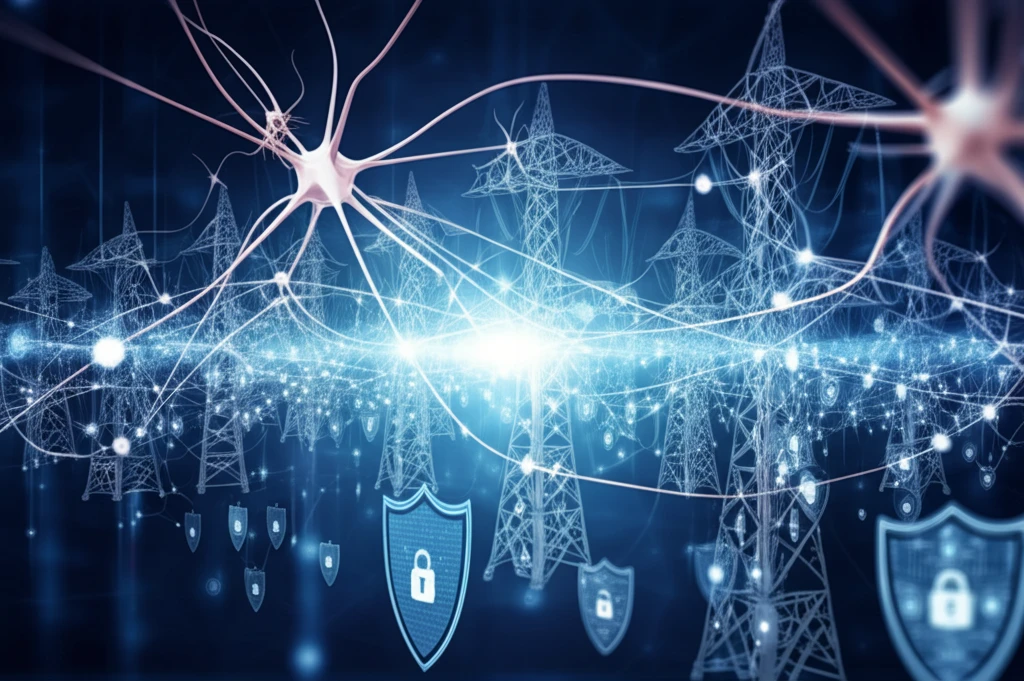
Power Grid Security: How to Protect Our Energy Systems from Cyber Threats
"Discover key strategies for building a resilient power system infrastructure against increasing cyberattacks, ensuring a stable and secure energy supply."
In an era increasingly reliant on interconnected systems, the power industry faces a growing challenge: safeguarding its infrastructure from cyber threats. The integration of information technology and network systems into the power grid, while boosting efficiency and enabling advanced capabilities, has also created new vulnerabilities. These vulnerabilities can be exploited by malicious actors, potentially leading to devastating consequences such as system oscillations and large-scale power failures. As our energy systems become more complex and digitally driven, ensuring robust cybersecurity becomes paramount.
The convergence of physical and digital systems within the power grid demands a comprehensive approach to security. Traditional security measures are no longer sufficient to counter the sophisticated attacks targeting critical infrastructure. It's essential to develop and implement advanced security models that not only protect data and systems but also ensure the resilience of the entire power grid. This involves continuous assessment, adaptation, and improvement of security protocols to stay ahead of emerging threats.
This article explores the key technologies and security models that are crucial for protecting power systems from cyber threats. It delves into the importance of a holistic security approach, integrating physical and digital safeguards, and fostering a culture of security awareness. By understanding these elements, stakeholders can work together to fortify the power grid and ensure a reliable, secure energy future.
Key Technologies of Security Model

Designing and implementing a robust security model for power information systems requires a multi-faceted approach that addresses strategic, managerial, organizational, and technological aspects. It's about creating a system that not only identifies and mitigates risks but also adapts and evolves to meet new challenges. The goal is to ensure that security measures are practical, enforceable, and aligned with the specific needs and operational context of the power system.
- Confidentiality: Ensuring that sensitive information is protected from unauthorized access.
- Integrity: Maintaining the accuracy and completeness of data.
- Availability: Guaranteeing reliable access to essential systems and data when needed.
- Controllability: Implementing mechanisms to manage and oversee access and activities within the system.
Building a Secure Energy Future
The task of securing power grid from ever growing and evolving cyber threat is not just a technological challenge but also about the investment in resources and personnel. The future of our power system depends on our ability to proactively identify, mitigate, and adapt to evolving threats. By embracing a security-first mindset, fostering collaboration, and continually refining our defenses, we can build a resilient and secure energy future for all.
